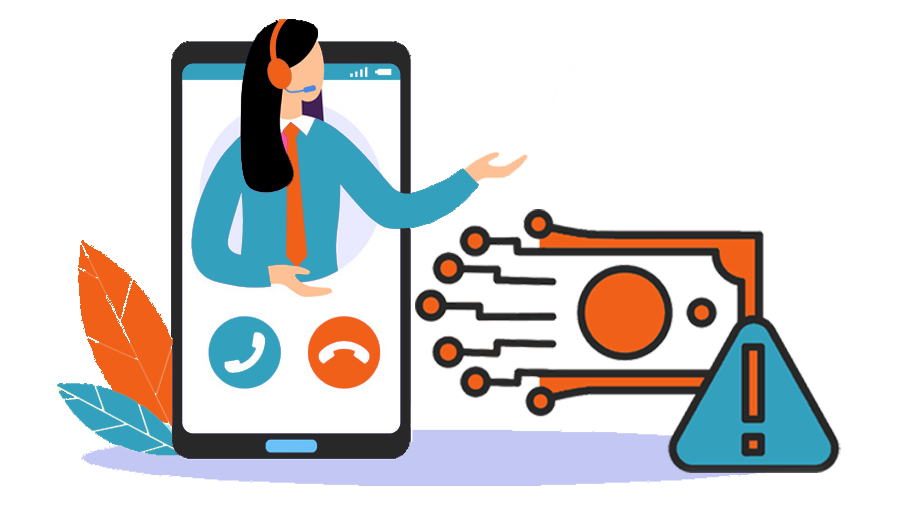
Prioritize incidents with an incident priority matrix
Before we go deep into the rest of the blog content, let's understand what is Incident Priority.“Incident priority is defined as the intersection of impact and urgency of an incident. When you consider the impact and urgency of a situation, you can easily assign priority and assign adequate resources. You start by calculating impact and the urgency, and assign the incident a priority value”. At the same time, it's important to remember that priority is relative. It defines the actions you will take in a particular situation. However, the actions are not set in stone and will change with the situation and context. It isn’t about an objective priority level, but what’s the highest priority among your options.
Factors determining the Impact of an Incident
- Number of users or customers impacted
- Loss of revenue or cost incurred in incident resolution
- Number of IT services involved
Now let's understand the Priority Matrix and it helps determine the Incident Priority.
What is an Incident Priority Matrix
Definition :
An incident priority matrix is a method of prioritizing incidents based on their impact and urgency. “Impact” is a measure of the extent of an incident and the potential damage it can cause. “Urgency” is a measure of how quickly a resolution is required.

Effective incident management relies on the ability to focus on impact rather than the order in which issues arose. In defining urgency, it’s important to create a hierarchy for handling issues that reflect your business demands—such as restoring customer service as quickly as possible before handling other problems.
In general, many IT departments use the following as guidelines for categorizing incident urgency:
High urgency
- Mission critical for daily operations
- Extremely time sensitive
- Propagation rate rapidly expanding in scope
- Visibility to business stakeholders or C-suite
Low urgency
- Optional services (i.e., “nice to have, but not essential”)
- Issue affects only a small section of the IT environment—not expanding
- Low visibility in terms of affecting the business
Priority Matrix
Category: Description
High : A significant incident that has a broad impact. You should repair the problem as soon as possible to minimize downtime costs, keep customers happy, and maintain your company’s good reputation
Medium : A medium-level incident that may not directly cause lost revenue but may escalate without swift action
Low : A low-level incident that has almost no chance of reducing revenue. Customer experience may be degraded, but not enough to make them switch to a competitor
Priority Levels and SLA’s
The first step toward ensuring an effective incident Management response is to properly define and implement standardized incident Priority Matrix levels.

The best way to map out incident priority is in an incident management matrix. In the matrix, we map out various incidents according to their impact and urgency, and a priority class is automatically assigned. If both urgency and impact are low, then the incident is assigned a low priority (P4 or P5). if both values are high, then it’s a high-priority incident (P1 or P2), and if the values lie somewhere in the middle, then it’s a medium priority (P3) incident.
| Priority Level | Description | SLA Response Time |
| P1 | Critical | Immediate |
| P2 | High | 10 Mins |
| P3 | Medium | 1 hr |
| P4 | low | 24 hrs |
| P5 | Very Low | Up to 7 days |
Zapoj IT Event Management is committed to empowering your team with the actionable real-time data it needs to act successfully—following the guidance you provide in your defined incident priority matrix to reduce alert fatigue, downtime, and incident impact.
Are youprepared to handle critical events? Signup for free
If you intersted to follow our blogs : Subscribe
